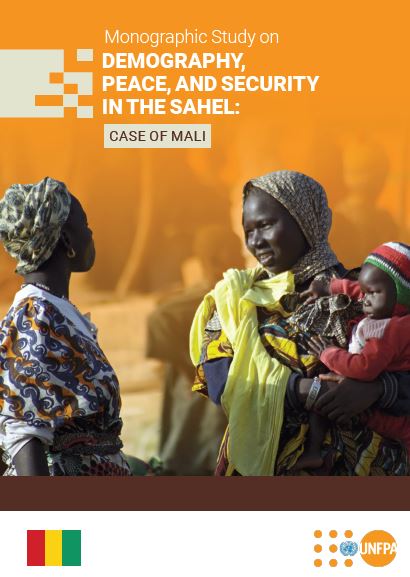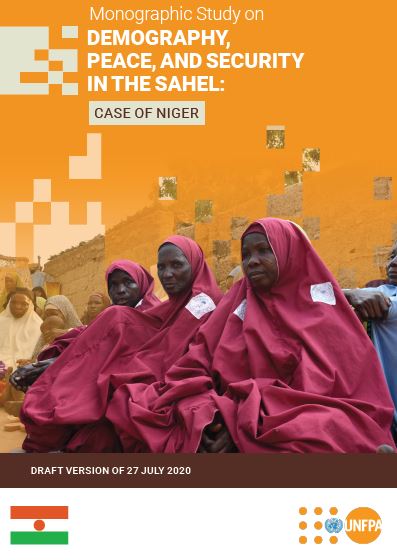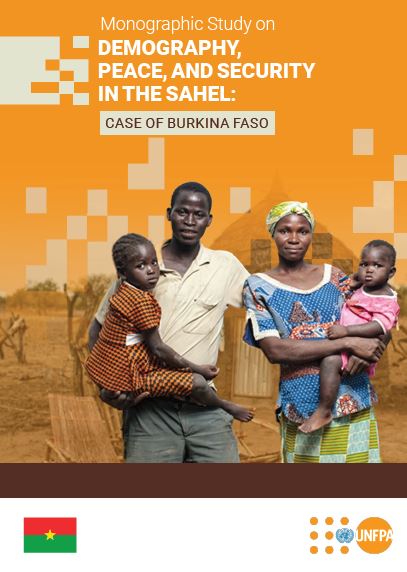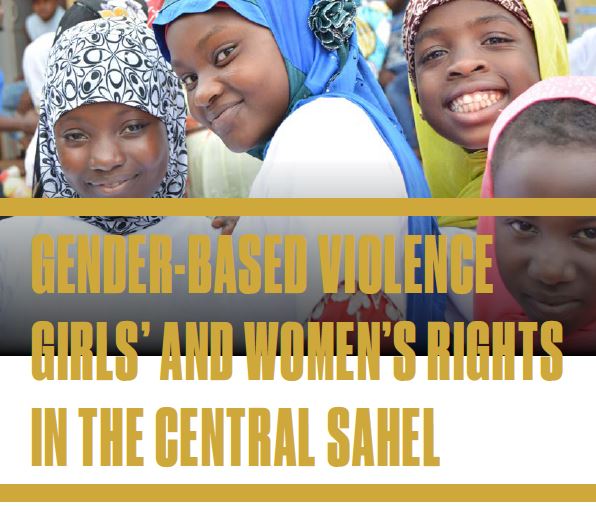You are here
New Releases

Mali: Monographic Study on Demography, Peace, and Security in the Sahel
Mali’s geographical position in a Sahel that has been plagued by insecurity for many years exposes the country to security instability that is aggravated continuously by attacks by non-State armed groups present in the region, including jihadist groups, armed bandit groups, and community vigilante groups, particularly in the border areas with Algeria, Burkina Faso, and Niger. As a result, Mali has been experiencing instability and conflict period since the military coup of 2012 and the north of the country’s occupation by armed groups.

Understanding the Sahel through its History, Geography and Socio-Demographic and Security Challenges
“The contemporary world has undergone a number of upheavals, perhaps the most significant of which are those relating to population. These upheavals, although a priori falling within the field of demography, have transcended this discipline by questioning the paradigms of economists, political scientists, sociologists and beyond”. So begins a study by the École Nationale de la Statistique et de l’Administration Économique [National School of Statistics and Economic A – ENSAE].

Niger: Monographic Study on Demography, Peace, And Security in The Sahel
Administratively, Niger is subdivided into 8 regions, 63 departments and 266 communes and covers an area of 1,267,000 km2 with four ecological zones from south to north: the Sudanian tree-covered savannah zone, the Sahelian zone, the Sahelo-Saharan zone and the desert zone (two thirds of the country). It is bordered to the north by Algeria and Libya, to the east by Chad, to the south by Nigeria and Benin, to the west by Burkina Faso and to the north-west by Mali. Niger is thus landlocked and has no outlet to the sea. The closest port to its capital city is almost 1,000 km away.

Burkina Faso: Monographic Study on Demography, Peace, And Security in The Sahel
UNFPA WCARO commissioned a monograph on “Demography, Peace and Security” in Burkina Faso to inform debates on the relationship between demography, peace and national security. It is important to note that while the direct causes of the majority of these crises should be explored in unemployment and poverty, the scarcity of resources, the scale of social inequalities and poor governance, demographic factors must be taken into account urgently and such factors are being increasingly referred to in the literature,
which has sufficiently established that there is an (as yet unquantified) interrelationship between demography, peace and security.

Modelling the relationship between DEMOGRAPHY, PEACE AND SECURITY
In this work, we present a multidimensional analysis of peace and security and its determinants (military expenditure, schooling for young people, demographic dependency, etc.). We then analyse the sociodemographic factors that foster insecurity in the Sahel. Lastly, we determine the explanatory factors behind the level of peace and security in Africa, taking spatial correlation into account. The results show that the level of peace and security is positively correlated with the secondary school enrolment rate, the urbanization rate and the agricultural performance of a country. Furthermore, the level of peace and security is negatively correlated with the demographic dependency ratio, the level of economic inequality and the unemployment rate among young people.

Gender-based violence Girls’ and women’s rights In the central sahel
Gender Based Violence (GBV) is a critical health, protection, power, and life-threatening issue in the Sahel. Conflict and displacement are driving escalating levels of sexual violence, intimate partner violence, child marriage, exploitation and abuse towards girls and women in the Sahel.

West and Central Africa Region COVID-19 Situation Report No. 9
The West and Central Africa region is not experiencing a second wave of COVID-19 as seen on other continents. The WCA region has recorded a steady decrease of cases over the last two weeks.

West and Central Africa Region COVID-19 Situation Report No. 8
The total number of COVID-19 positive cases has reached over 232,854 in all 23 countries in West and Central Africa, after Nigeria reported the first case earlier in the year. By the end of September 2020, there were 3,603 deaths, with a mortality rate of about 1.6%. A little over 22.000 (9.6%) patients were still under treatment, while 88.9% had recovered.

West and Central Africa Region COVID-19 Situation Report No. 7
The total number of COVID-19 positive cases has reached over 216,970 in all 23 countries in West and Central Africa, four months after the first case was reported in Nigeria. By the end of August, there were 3,388 deaths, a mortality rate of about 1.6%. About 15.2% of patients were still under treatment, while 84.2% had recovered.

West and Central Africa Region COVID-19 Situation Report No. 6
The total number of COVID-19 positive cases have reached over 177,800 in all 23 countries in West and Central Africa, four months after Nigeria reported the first case. By the end of July, there were nearly 2,845 deaths, a mortality rate of about 1.6 per cent. About 28.4% of patients were still under treatment, while 70% had recovered.